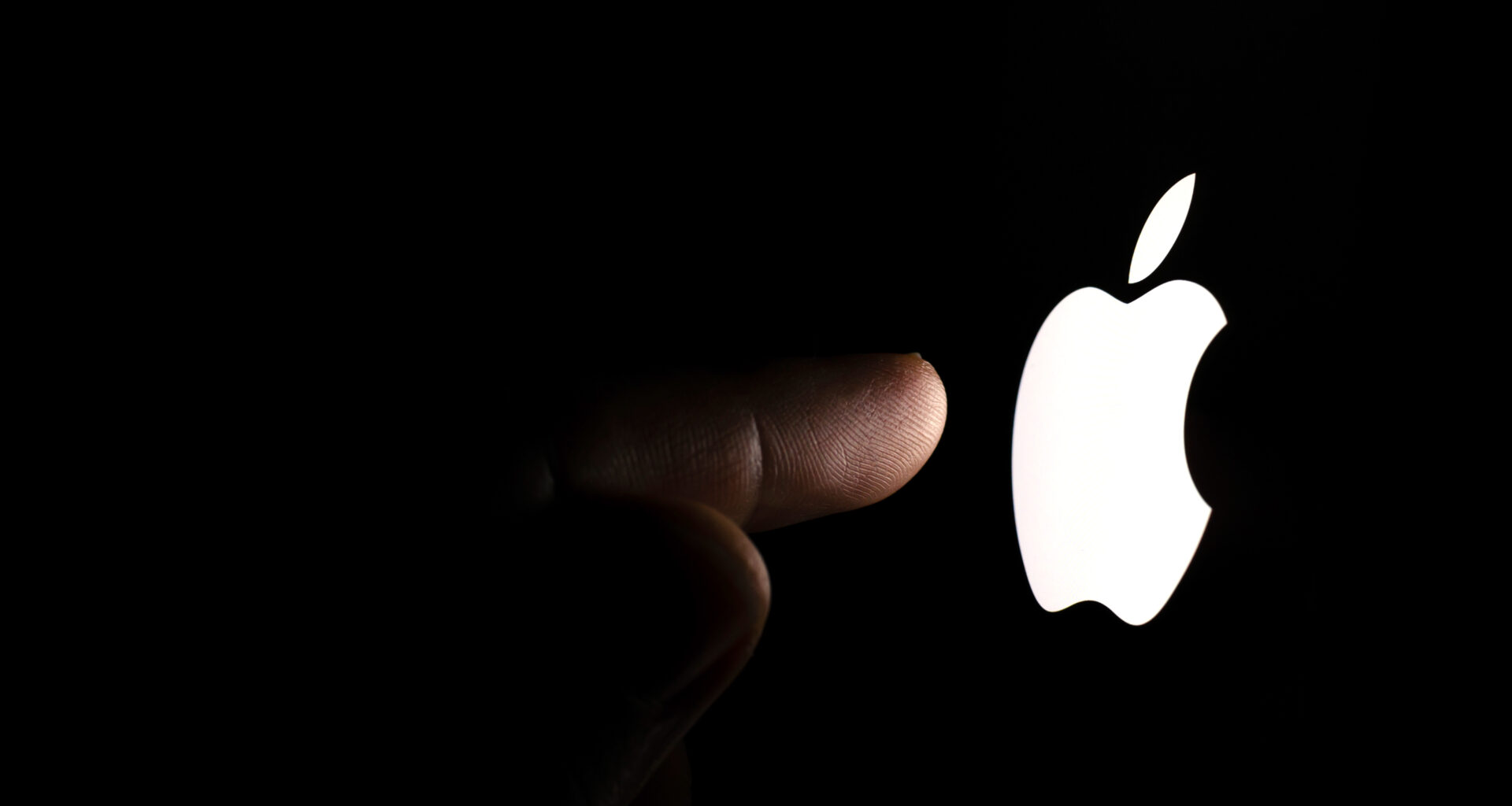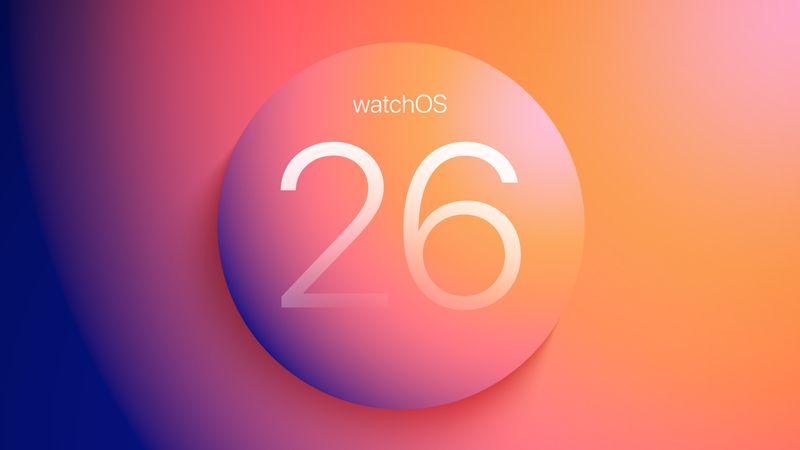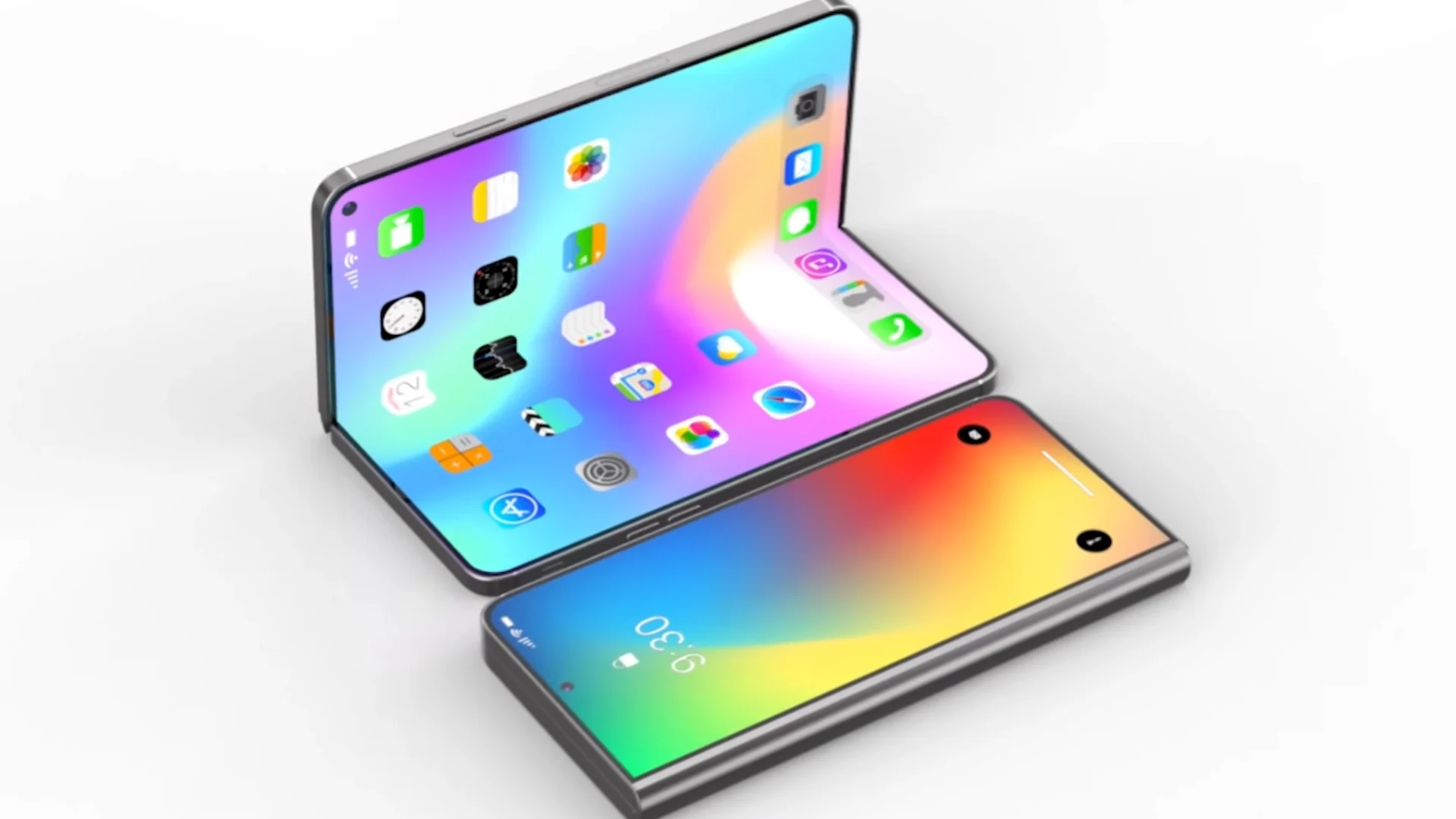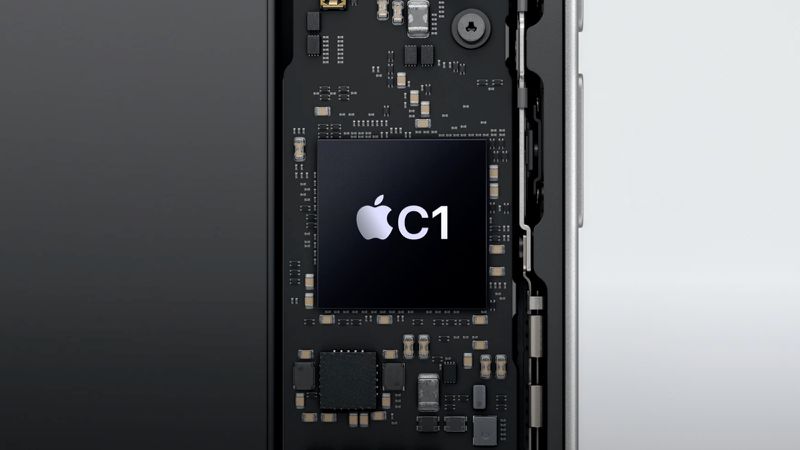A recent leak suggests Apple might move the logo on its upcoming iPhone 17 Pro. According to leaker Majin Bu, the logo could shift to a new position on the back of the phone. This change hasn’t happened since the iPhone 11, when Apple centered the logo, and it’s stayed there for six years.
The reason for the possible shift? The iPhone 17 Pro may feature a new camera bar across the top of the back. This design could make the usual logo spot tricky so that Apple might place it lower. Majin Bu also mentioned that case makers adjust MagSafe ring designs to show off the new logo placement.
He shared an image to give a sense of how it might look. However, this rumor has some doubts. The new camera bar makes sense as a reason to move the logo, but it feels a bit unusual. Still, a similar leak about the iPhone 11’s logo came from case makers, so there’s some history here. If this is true, we’ll likely hear more soon.






